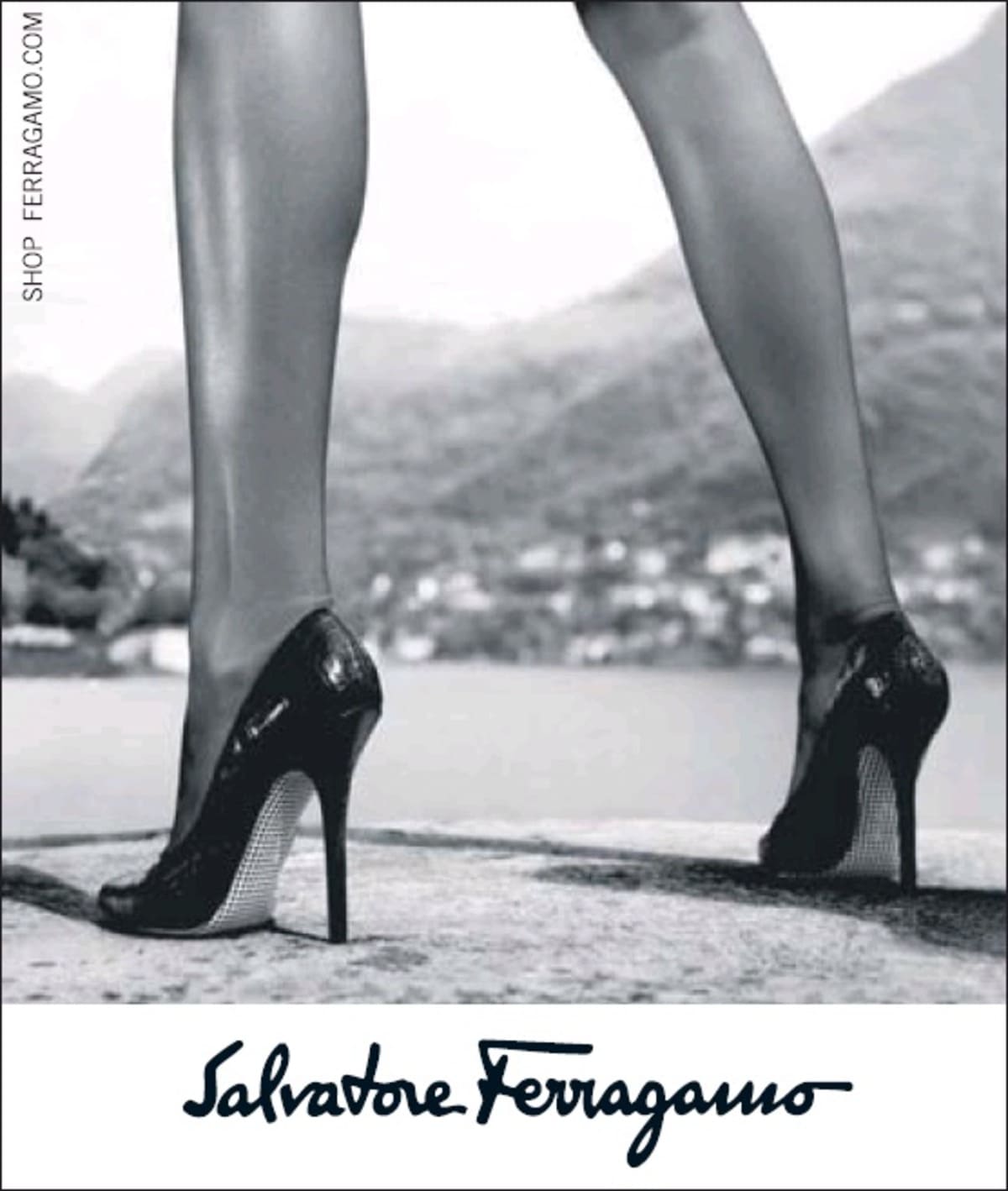The SAMAB-Fashion Technologies Event scheduled for May 2025 aims to showcase advanced solutions in garment manufacturing and foster innovation within Italy’s textile sector.
In Milan, preparations are underway for the inaugural SAMAB-Fashion Technologies Event, which is scheduled to take place from May 27 to May 29, 2025, at the Superstudio Maxi venue. This event aims to provide a comprehensive overview of advanced technological solutions in fabric processing and garment manufacturing.
The initiative is set to host approximately 60 companies, categorized by sectors including design, CAD/CAM/PLM, cutting, sewing, ironing, embroidery, and logistics. A diverse program will accompany the exhibitions, featuring workshops, conferences, and B2B meetings tailored for professionals in the fashion industry. Target attendees include production managers, fashion designers, prototypists, and logistics personnel, among others.
Organized by Senaf with the backing of various associations such as the National Association of Professional Fashion System Technicians (ANTIA), Confindustria Moda, and the International Association of Clothing Designers and Executives (IACDE), SAMAB aims to foster synergy among industry players and promote innovation to enhance the future competitiveness of the Italian fashion supply chain. The event is also supported by Gruppo Tecniche Nuove and the magazine Technofashion.
The aims of SAMAB were unveiled during a press conference held at the Confindustria Moda headquarters, where key figures in the industry spoke about the current economic challenges facing the sector. Gianfranco Di Natale, the general manager of Confindustria Moda, noted the significant transformations the Italian textile and clothing industry is undergoing. He stated, “We are not facing a conjunctural difficult moment, but a systemic one, and therefore much more difficult to change,” indicating the shifting dynamics and consumer approaches to luxury and fashion.
The textile-clothing industry in Italy includes around 40,000 companies and approximately 380,000 employees. In 2024, this sector reported an estimated turnover of €59.8 billion, with losses of about €4 billion compared to the previous year. Di Natale elaborated that while they have managed to contain losses, combining this with the leather goods sector yields an overall reduction in turnover of around €15 billion, prompting companies to rethink strategies centered on innovation, sustainability, and digitalization.
In response to market shifts, SAMAB is positioned as a pivotal appointment, promoting advanced technologies and attracting international interest. The event organizers are aiming to draw foreign visitors, with plans for around 30% of attendees to come from specialized international markets, including countries like Germany, France, Portugal, and Morocco.
Emilio Bianchi, general manager of Senaf/SAMAB, emphasized the event’s role in presenting Italian Style through diverse experiences beyond just the business focus, incorporating elements like cuisine and designed environments in collaboration with the School of Design of the Polytechnic.
Chiara Dussini, president of ANTIA, highlighted the necessity of a platform for technical and strategic dialogue within the fashion sector, asserting, “The fair is not just a showcase, but an opportunity for companies and professionals to update, contaminate and find new directions.”
Alberto Gregotti, a representative of the SAMAB steering committee, reinforced the significance of ongoing adaptation by urging companies to “update one’s ‘toolbox’, making the most of the opportunities offered by technological evolution and incentive regulations.” He summarized the goals of the event around four principles essential for the industry’s future: Relaunch, Rebalance, Research, and Resistance.
Responding to the need for specialized skills, speakers at the press conference discussed the importance of training new professionals to navigate the evolving production processes and technological demands. Andrea Piva, of IACDE, remarked on the growing interconnectedness of fashion with other sectors like technology and automotive, urging a collaborative approach to innovation in material uses and processing techniques.
The SAMAB event is shaping up to be a significant occasion for Italy’s fashion industry as it seeks innovative pathways to bolster its competitiveness in an increasingly complex global market.
Source: Noah Wire Services




